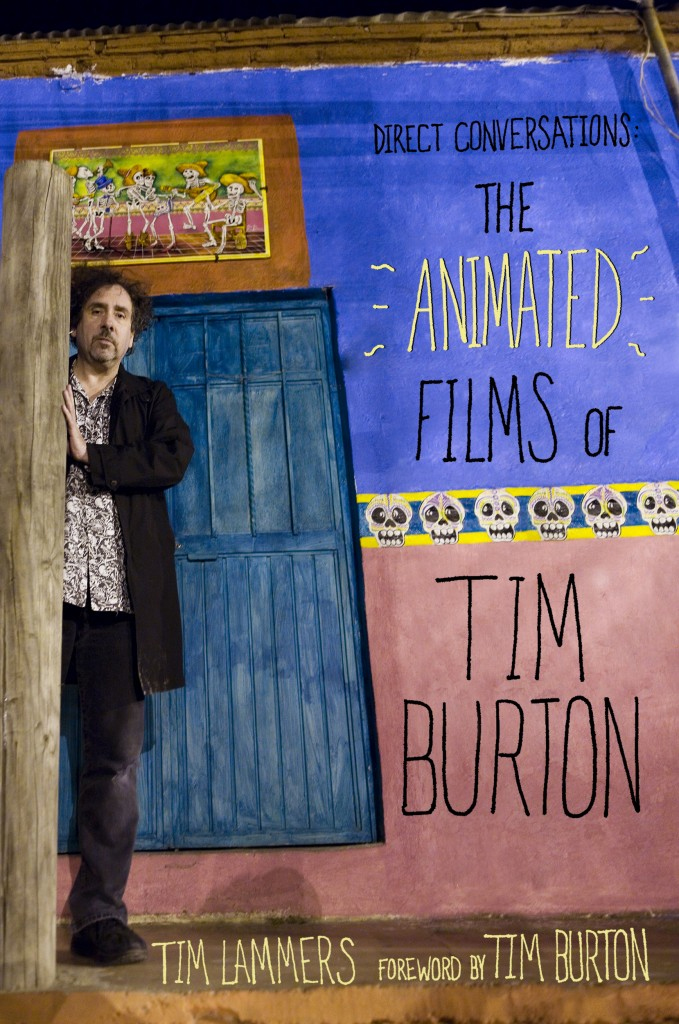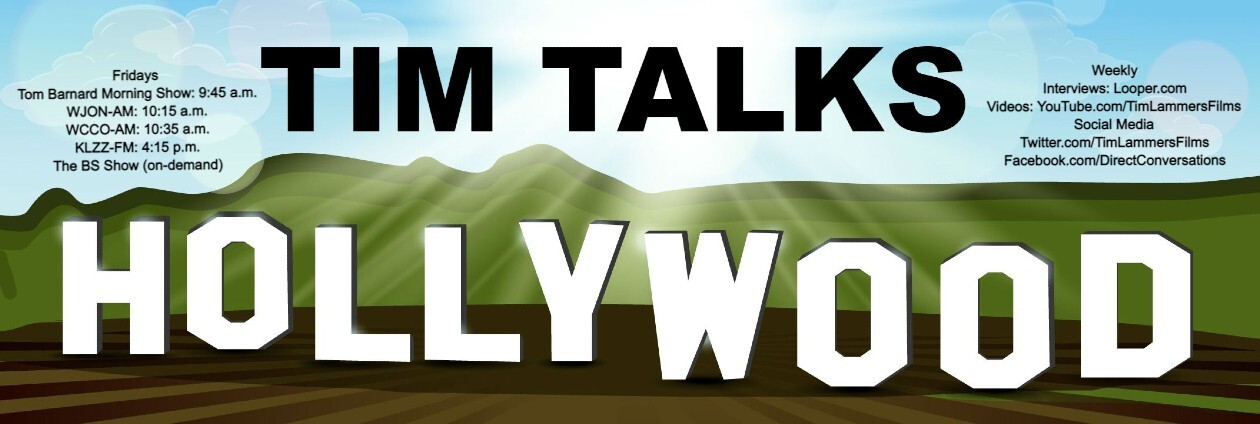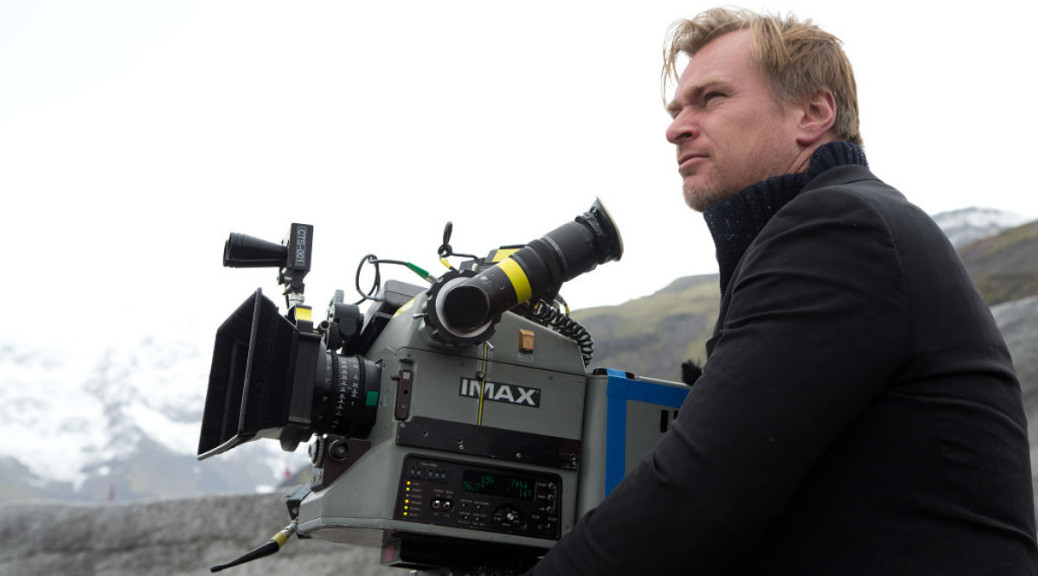While filmmaking is at its heart an art form, acclaimed writer-director Christopher Nolan has also always been on the forefront of embracing the science that powers the industry, especially the technical aspects of shooting his movies — still on film, mind you — and presenting them in the IMAX format.
And in the case of his latest epic, the sci-fi opus “Interstellar,” Nolan doesn’t only want audiences to board the rocket with Matthew McConaughey and company, he wants them to feel it.
“In the IMAX format, we aggressively mixed the sound in what we call the low-end. We want you to feel the seat shaking like you’re in a rocket. We want you to feel exhausted by the end of the film, but in a good way exhausted,” Nolan told me, laughing, in a phone call from New York Tuesday. “However, as much the film has to say in terms of its themes and ideas about humanity, it’s first a roller coaster ride. I want them to feel like they’ve been through an experience with these characters. It’s paramount to what we do.”
Opening on IMAX screens across the country Wednesday and everywhere Friday, “Interstellar” stars McConaughey as Cooper, a farmer in an unspecified time in Earth’s future where conditions reminiscent of the Dust Bowl era of the 1930s has eliminated much of the world’s food supply. Blight has eradicated wheat and farmers can only grow corn, and as Cooper finds out from the now secretly-funded NASA, his children’s generation will be the last to survive on the dying planet.
A former pilot and engineer whose aspirations were waylaid because of the planet’s deteriorating condition and shift in the government’s fiscal priorities, Cooper finally gets his chance to live his dreams and command a space module on a potential life-saving voyage that will secure Earth’s future. However, the mission comes with great sacrifice as Cooper, a widower, will be forced to leave his 10-year-old daughter, Murph (Mackenzie Foy), and teenage son, Tom (Timothee Chalamet), behind — possibly forever.
A film that explores such concepts as wormholes, black holes and the notion of love transcending the dimensions of space and time, “Interstellar” also stars Nolan’s frequent collaborator, Michael Caine, as Professor Brand — a theoretical physicist who formulates Cooper’s trek to new galaxies; Anne Hathaway as Brand’s daughter, Amelia, a doctor venturing with Cooper whose emotional vulnerabilities cloud the mission; and Jessica Chastain as the adult version of Murph, who has come to resent her father over feelings of abandonment.
Always one to ground his films in real life and present the details as accurately as possible, Nolan went to great lengths to quantify the scientific aspects of “Interstellar.”
Nolan is ready to admit that the scientific formulas will likely be hard to grasp for the average audience member, but that’s OK since he’s not as much concerned about people learning about what it takes to travel through a wormhole as he is having them travel through one as part of the cinematic experience.
“There is a lot of science in this film, but it’s there for the people who are interested in it and want to dig a little deeper. I liken it, otherwise, to watching a James Bond film where he’s trying to diffuse a nuclear bomb. You don’t need to know how that works, you just need to know that if he doesn’t do it, it’s going to blow up,” Nolan said, laughing. “I like to think that the film has emotional clarity — narrative clarity — but it has to be a fun ride first and foremost.”
Much like the uncertainty that clouds the dusty Earth in “Interstellar,” Nolan said he faced a fair amount of unknowns creating the film. Driven by the idea of presenting images never seen on film before, Nolan said he feasts in a way on fear. Otherwise, no risk means no reward.
“Every film you want to have things in there that really frighten you, and there were plenty of those experiences I wanted to find out for myself in ‘Interstellar’ in terms of what things would look like and feel like (in the depths of outer space),” Nolan said. “I had a great team, from visual effects supervisor Paul Franklin and (special effects coordinator) Scott Fisher, to the great theoretical physicist Kip Thorne. Kip was able to work with the visual effects guys and give them the actual equations for how a wormhole would look, how a black hole would bend light around it. He explained it and they were able to render it more accurately than it’s ever been done before.”
Nolan said one of the great things he found out working with the likes of Thorne was that at times, he found out “truth is indeed stranger than fiction.”
“We were coming up with stuff in real science that was far more mind-blowing than anything I could think of as a writer,” Nolan said. “That gave me a lot of confidence in addressing these cosmic issues, because you’re dealing with hard facts and hard science, and ultimately getting imagery that you’ve never seen before.”

While “Interstellar” is grounded in reality, the last thing Nolan wanted to do was alienate his audience by layering in contemporary, hot-button issues like climate change or global warming to set up the dying planet narrative. Instead, to avoid any sort of “movie message” storyline that would come off as preachy, he and his co-screenwriter brother, Jonah, rooted “Interstellar” in a setting akin to the Dust Bowl of the 1930s.
Simply put, Nolan said his responsibility as a filmmaker is to entertain his audiences, not push an agenda on them.
“We go to the movies to escape, and that’s why the film isn’t about global warming or addresses climate change,” Nolan explained. “‘Interstellar’ deals with an agricultural crisis of the type that has happened before, and that was to give the idea of the film credibility. I want people to feel afraid for the end of the world at the beginning of the film. I want them to feel like these guys really have to do something to save it.”
Nolan noted that if he were indeed trying to push something onto his audiences, he woefully fell short.
“Very specifically, Michael Caine’s character says, ‘We’re not meant to save the world. We’re meant to leave it.’ That certainly isn’t a very great environmental message,” Nolan said, laughing. “I hadn’t have done a good job if I was supposed to be wagging my finger.”
If anything, Nolan says he hopes “Interstellar” will make people think about humankind’s relationship with the planet and our place in the universe, and ultimately, what else is out there.
“Right now the film is about fiction, but I believe one day one day we are going to strike out to the wider universe in real life,” Nolan said. “I hope we do that out of choice rather than necessity. In a movie, it’s got to be out of necessity. You’ve got to understand that these guys have to do this right now. They have to go.”


